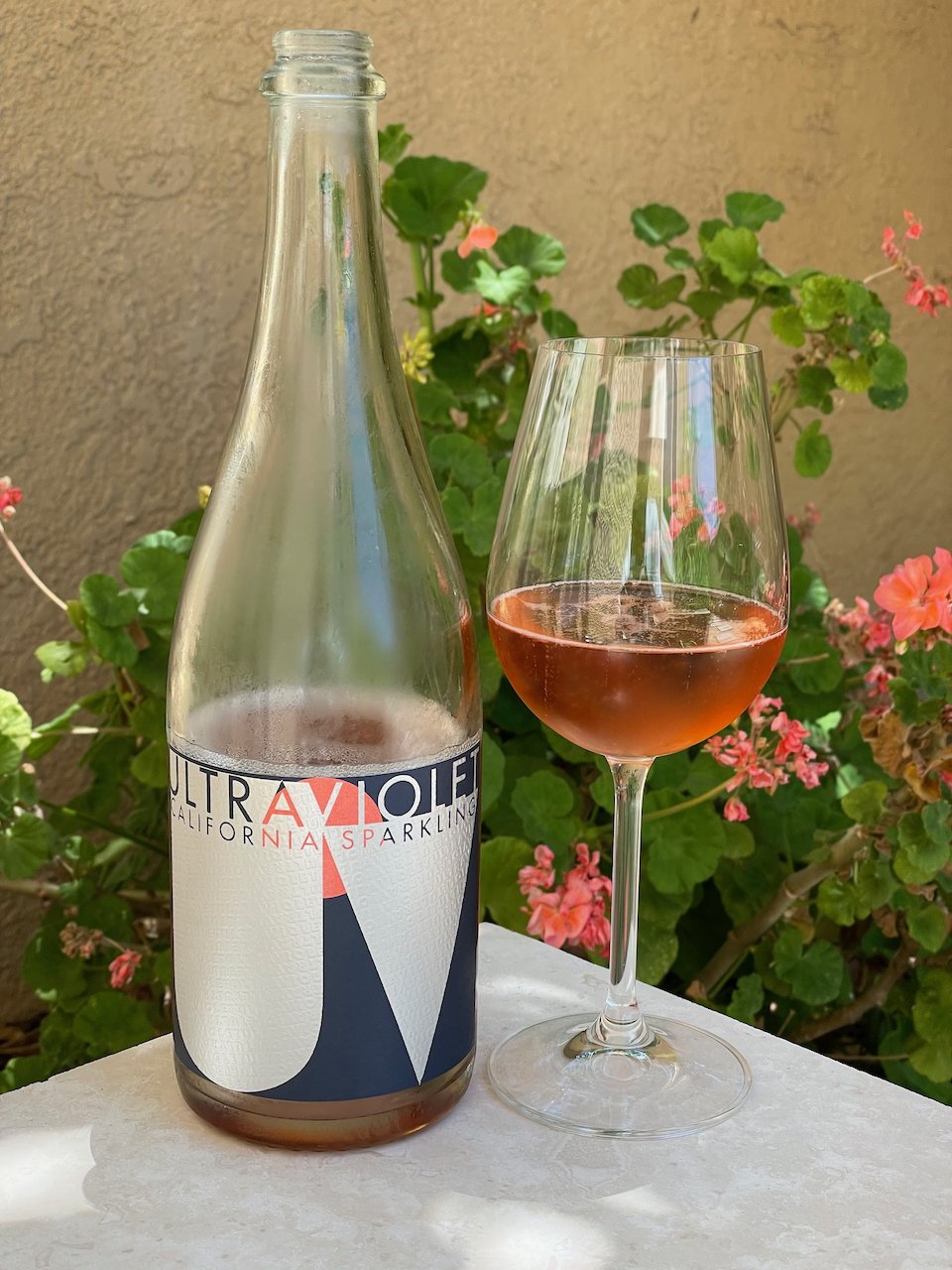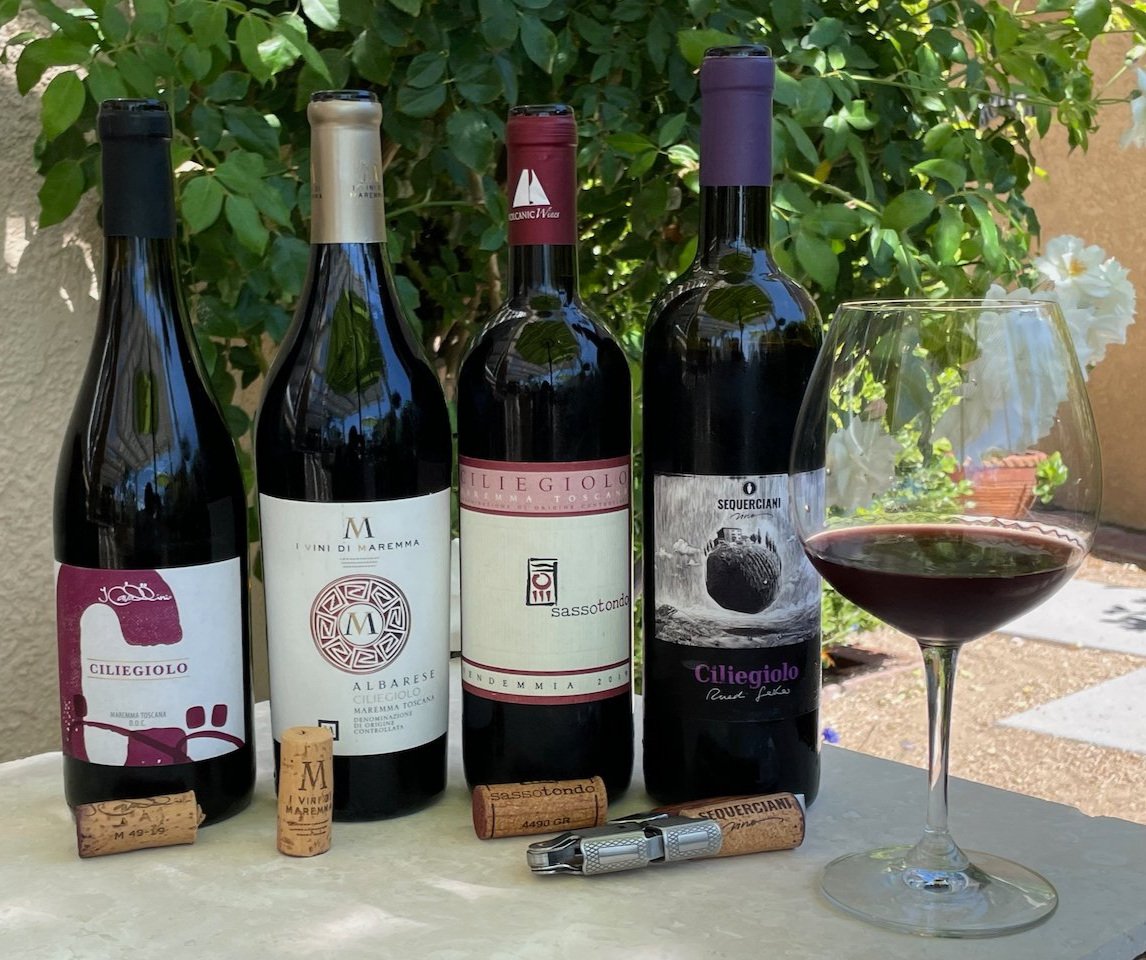Red Wines of Maremma Toscana
These red wines from the Maremma Toscana sub-region of Italy’s Tuscany are considered “Super Tuscans” using non-native Italian grapes and/or blends.
Many fine examples of Super Tuscans come from the region of Maremma, on the Tyrrhenian Sea coast in the southwest of Tuscany.
Here are five wonderful examples:
2017 Cantina I Vini di Maremma Sangiovese ($12)
This wine is a blend of “no less than 40% of Sangiovese with other red grapes according the production protocol restrictions” of the region. It was fermented on the skins and aged in concrete tanks. It is medium garnet in color with aromas of black cherry and plum. On the palate it has deep, rich fruit flavors, medium acidity, medium-low tannin and a hint of caramel on the finish.
2016 I Cavallini Pause Merlot ($18)
This wine is produced from 100% Merlot that is hand harvested and undergoes spontaneous fermentation in small barrels with indigenous yeast for four to six weeks. It is then aged sur lie for 12 months in barrels with weekly battonage. It is medium garnet in color with an aroma of black cheery. On the palate it has distinct black cherry flavor with just a hint of tartness on the finish.
2016 Fattoria di Magliano Perenzo Syrah ($23)
This wine is 100% Syrah that is fermented in stainless steel vats for 20 to 25 days. It was aged 12-24 months in medium toasted oak barrels that have a minimum of 24 months seasoning. It is pale ruby in color with a delicate aroma of black fruit. On the palate it has good depth of character and complexity, medium tannin and a nice finish.
2013 Villa Pinciana Terraria ($24)
This wine is a blend of 45% Sangiovese, 45% Cabernet Sauvignon and 10% Petite Verdot. It was fermented in stainless steel tanks and aged for 15 months in small French oak barrels. It is deep garnet in color with aromas of black fruit and spice. On the palate it has flavors of cherry and raspberry, medium tannin and good acidity.
2015 Prelius Prile ($12)
This wine is produced from 40% Cabernet Sauvignon, 40% Sangiovese and 20% Merlot. It was barrel aged in French oak for 18 months. It is medium ruby in color with delicate aromas of black fruit and spices. On the palate it shows sweet red cherry and black fruit flavors, good depth of character, with moderate tannin and acidity.






